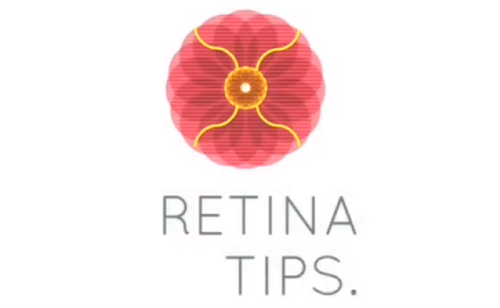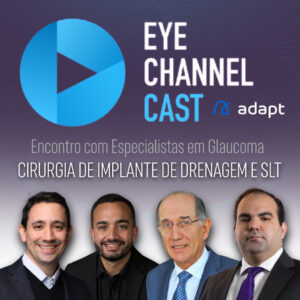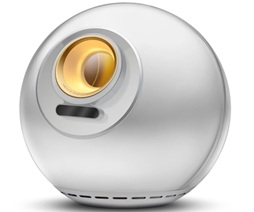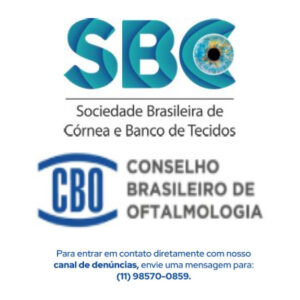IOL fixations Techniques: Pros and Cons – Scleral Fixation with Cow-hitch prolene sutures
In the absence of capsular support, the retina surgery is faced with a number of choices for implantation of an IOL. Several techniques have been described for fixation of an IOL either to the iris or the sclera in the ciliary sulcus.
The technique choice is variable regarding preferences of the surgeons and particularities from the patient. We don’t have the answer about which is the better technique for IOL implant.
In this series of videos, we will discuss the pros and cons of the main techniques used for IOL fixation.
The first video describes a technique of Scleral fixation using 10-0 Prolene sutures. There is a great variation of this technique, but in this case a 3-pieces IOL (Alcon MA60AC) is fixated in the sclera using cow-hitch sutures. This patient was submitted to lensectomy and PPV after traumatic dislocation of the lens. The surgical plan was to use an Alcon MA60AC IOL sutured into the scleral through a four-point fixation technique which allow good centralization.
In this technique we enter first in the nasal scleral flap 2mm to the limbus, in the inferior region and the straight needle of the Prolene is grasped through a corneal incision at 12 o’clock. Then the same needle is inserted back through the corneal incision and is docked with a 30-gauge needle in the superior region of the same flap.
Then the same steps are repeated on the temporal side so that you have two
Prolene loops coming out of the corneal incision.
The Cow-Hitch technique allows you suture the haptics using the IOL-injector, so you don’t need to open large corneal incision. It’s important to try to keep the suture right in the middle of the haptic so you can avoid IOL tilt. After the insertion the IOL in the anterior chamber the second haptic is sutured.
As advantages of this approach we have small corneal incision (once a foldable IOL is used) and 4 points scleral fixation technique that allows better centralization. Another pro is that Prolene sutures are used intraocularly for many years and it is approved for this purpose.
The Disadvantages of this technique are the possibility of late redislocation due to tissue erosion (described after years in Prolene sutures). The time consuming and the difficulty handling 10-0 Prolene sutures are disadvantages as well. Furthermore, there are possibility of Lens tilt causing high astigmatism postoperatively. To avoid this be careful to keep the cow-hitch suture in the middle of the haptic bilaterally.
Author:
Filipe Lucatto MD
Salvador
Edition:
Filipe Lucatto MD
Juliana Prazeres MD




